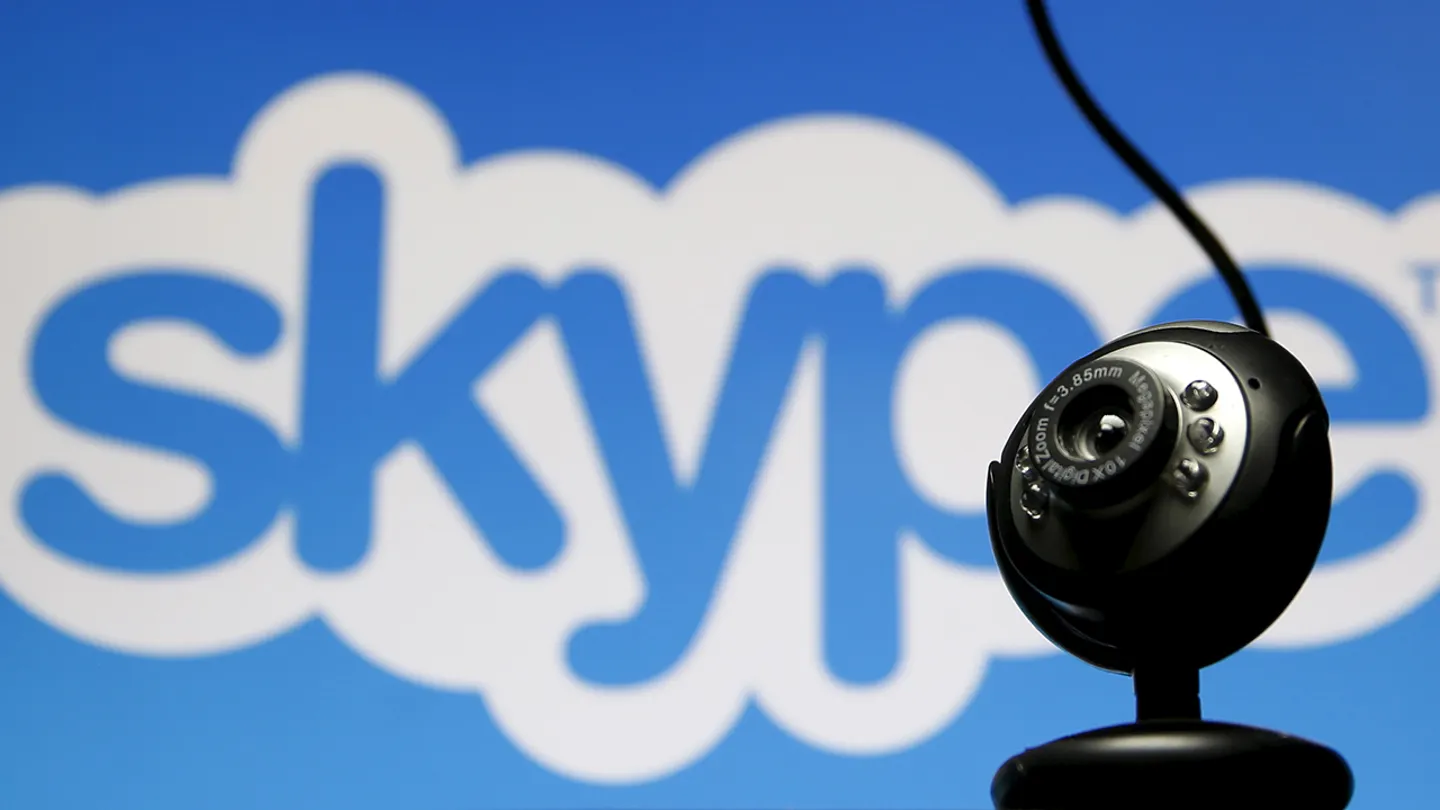Microsoft shuts down Skype after 22 years, shifting users to Teams
Microsoft purchased Skype in 2011 for $8.5 billion
Microsoft’s Skype has finally shut down, concluding its 22-year tenure as the once-dominant internet calling and messaging service.
Microsoft acquired Skype in 2011 for $8.5 billion in what was then its largest-ever acquisition. At its peak, Skype had more than 300 million monthly active users and was synonymous with internet-based voice and video calling. For many, Skype was their first experience of speaking to someone halfway across the world for free, a radical shift from the dominance of telcos and expensive long-distance calls.
The service steadily declined in relevance in recent years, with its active user base shrinking to approximately 36 million by 2023 as competitors such as Zoom, WhatsApp, and Microsoft’s own Teams platform gained traction.
Teams has since grown to 320 million monthly users, far surpassing Skype’s remaining user base. The company’s decision to discontinue Skype is apparently part of a broader effort to prioritize artificial intelligence features within Teams. Employees who worked on Skype will be reassigned to other projects rather than being laid off.
Skype played a key role in popularizing VoIP (Voice over Internet Protocol) technology, enabling businesses and individuals to connect around the world with minimal costs. It also served as an early testbed for AI-powered real-time language translation, a feature Microsoft showcased in a widely publicized demonstration in 2014. However, its frequent UI changes, reliability issues, ill-conceived social media-like features, gradual shift toward enterprise, and inability to keep pace with newer competitors, especially during the COVID-19 pandemic, ultimately led to its obsolescence.
Existing Skype users had until May 5 to migrate their data and contacts to Teams or seek alternative solutions. Skype’s legacy lives on in the VoIP technology it helped to normalize—but as a product, it stands as a case study in how brand recognition alone can’t save a stagnant platform.
RIP Skype (2003–2025), survived by multiple versions of Microsoft Teams
Today is the day: Microsoft has formally shuttered the Skype app and service after announcing in February that Skype was being axed in favor of Microsoft Teams, the company’s Slack competitor.
The Skype apps have all been advertising the end of the service and pointing users to Teams for weeks now. As of today, if you open the app or navigate to the Skype site, you’ll be directed to use Teams instead. The last active vestige of Skype is the Skype Dial Pad, which Skype subscribers and members with Skype Credits can still use to make calls to traditional telephone numbers (the Dial Pad is also incorporated into Microsoft Teams Free).
It’s an unceremonious end for an app that was once synonymous with video calls. Microsoft originally bought Skype for $8.5 billion in 2011; it was also owned by eBay from 2005 to 2009 and by a group of venture capital firms between 2009 and 2011. Ironically, Microsoft bought the app to replace its own first-party communication client at the time, Windows Live Messenger (which itself had grown out of the old MSN Messenger).
Though not the first software to allow video communication over the Internet, Skype was one of the first recognizably modern peer-to-peer video chatting apps. Created by some of the same developers behind the Kazaa peer-to-peer file-sharing software, Skype was originally released in 2003, at around the same time when increasing broadband Internet availability and better video compression codecs were solving the bandwidth problem.
But as detailed by Wired, Skype lost momentum after the Microsoft purchase, partly due to a redesign that people didn’t like and partly because upstarts like Zoom were offering new features and better call quality. When the COVID-19 pandemic hit in 2020 and all kinds of office jobs shifted to remote work, it was Zoom and not Skype that was in a better position to become the video-chatting app everyone was trapped in.
Skype has been merging into or being replaced by Teams for years, starting with the end of Skype for Business in 2017, a few months after formally releasing the first version of Teams. Microsoft has pushed Teams aggressively, including it alongside its flagship Office apps and Microsoft 365 service for years. Some regulators believed this was, in fact, too aggressive, and Microsoft decoupled Teams from the other Office apps in 2023 (for the European Union) and 2024 (for everyone else). source
Skype is no more, as Microsoft is retiring the once-popular video calling service on Monday.
Shutting down Skype will help the software giant focus on its homegrown Teams service by simplifying its communication offerings, Microsoft announced back in February.
To ease the transition from the platform, its users will be able to log into the free version of Teams using their existing credentials, with chats and contacts migrating automatically.
“Skype has been an integral part of shaping modern communications and supporting countless meaningful moments, and we are honored to have been part of the journey,” Jeff Tepper, Microsoft president of collaborative apps and platforms, said in a statement.

Businessman discussing work on video call with team members. (iStock / iStock)
Those who do not want to use Microsoft Teams Free can export their Skype data. Those who do nothing will have their data deleted in January 2026, Microsoft’s website says.
Skype first launched in 2003. When Microsoft acquired it in 2011 for $8.5 billion, the service had around 150 million monthly users. When the popularity of Zoom surged during the COVID-19 pandemic in 2020, that number had fallen to roughly 23 million.
The decline was partly because Skype’s underlying technology was not suited for the smartphone era.

